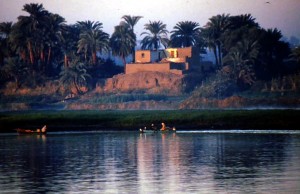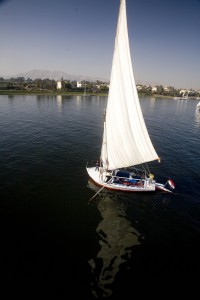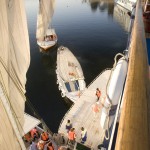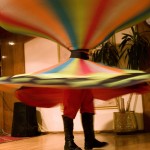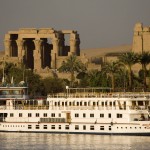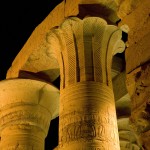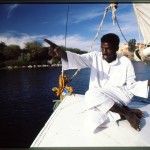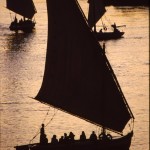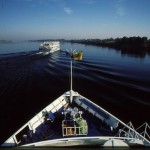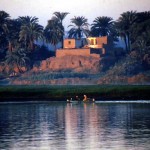Photo feature by Dave Bartruff
Throughout time, the waters of the Nile River have sustained Egyptian civilization. Coursing six hundred miles northward from the Sudan border and emptying into the Mediterranean Sea, the waterway has always been Egypt’s River of Life.
Over centuries, alluvial deposits from annual floods built the rivers banks into the most productive farmland in the Middle East, so today the Nile’s rich shoreline is literally the nation’s breadbasket.
And cotton grown here is Egypt’s leading cash crop and the country’s fifth-ranking source of income.
The same waters on which funerary barges bore the pharaohs’ mummified remains to faraway burial sites now boast a different type of traffic: tourists by the thousands, who sail the hundreds of river cruisers that operate on the river today. Tourism now is Egypt’s third leading economic resource.
The daunting task of the Nile’s classic tall-masted sailing vessel, the felucca, remains unchanged: the transportation of cargo from bank to bank, upstream and down. But now they take tourists who are looking for adventure on a budget.
And the Nile’s fleet of luxury river cruisers which navigate the famed waterway like floating four-star resort hotels can open the secrets to Egypt’s fabled antiquities, many situated on the river banks in Aswan, Luxor, Kom Ombo and Esna. Tours to the three-thousand-year-old treasures operate day and night and are often accomplished on foot from the docked vessels.
Sailing aboard an ultramodern Nile cruiser in the lap of luxury, I discovered that the secret of my cruise’s success is actually insured in its wheel house. Here I met our Egyptian captain who first began sailing at age seven aboard his father’s felucca. That was more than 30 years ago, but it gave him the expertise he uses today to navigate the river with sure-eyed accuracy even in the dead of night. One thing has not changed however, his sailing attire, the traditional robes and turban of a true son of the Nile.
- Nile River pilots in traditional Egyptian attire
- Cruise passengers return from Felluca sailing
- Whirling dervish performance on Nile cruiser
- Henna adorned Egyptian lad
- Smiling bazaar perfume consultant
- Luxury Nile cruiser docked at Kom Ombu Temple
- Illuminated pillars at Kom Ombu Temple
- Shadows of deck chairs on luxury Nile cruiser
- Tall masted Nile felucca under sail
- Felucca under sail at Aswan
- Nile cruise passenger in Horus Temple on Nile
- Lush alfalfa field on Nile bank carpets ancient Pharaoh monument
- Nubian felucca sailor
- Felucca sails at sunset
- Luxury cruisers ply Nile waters
- Luxury suite on Nile cruiser
- Nubian flower boy in dug out
- First morning light on Nile bank
- View across Nile of Kom Ombu Temple

